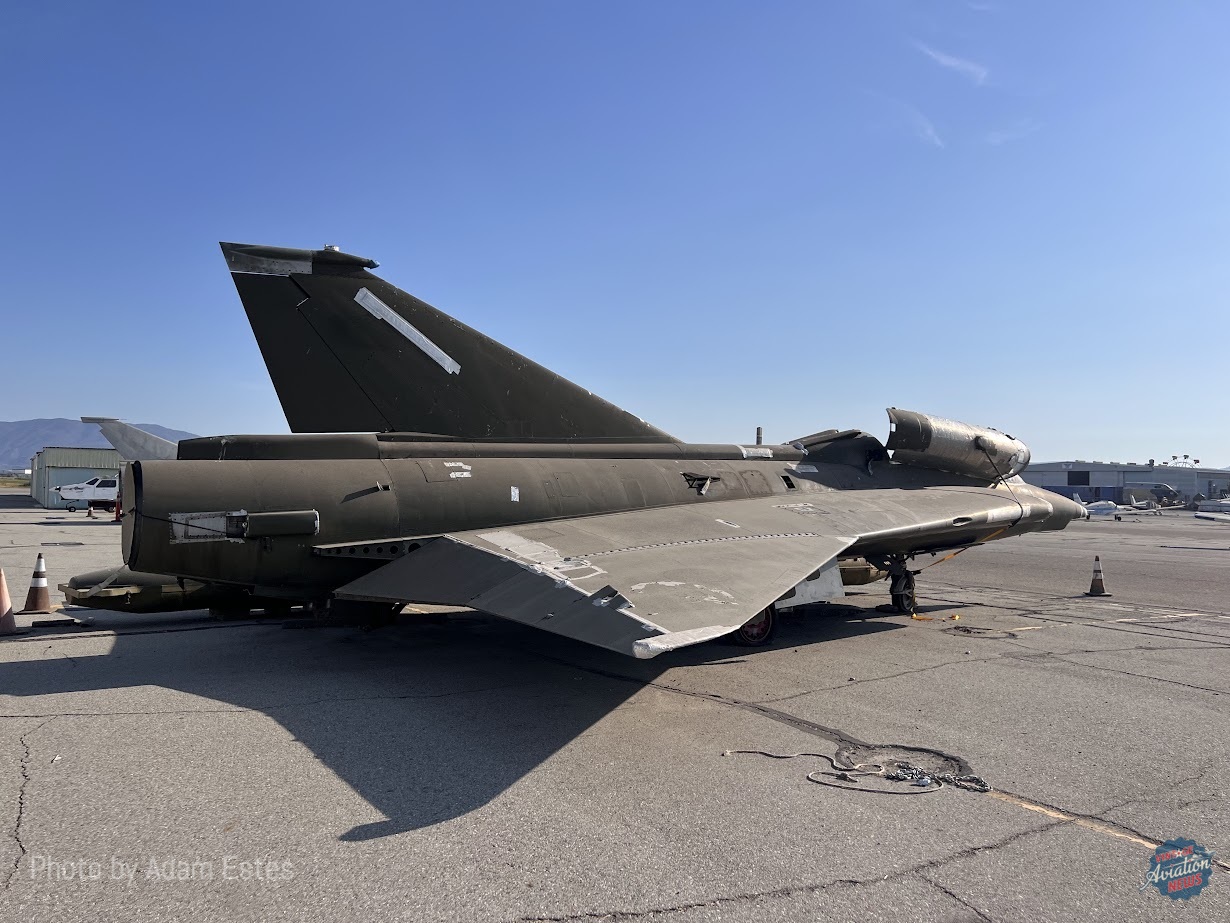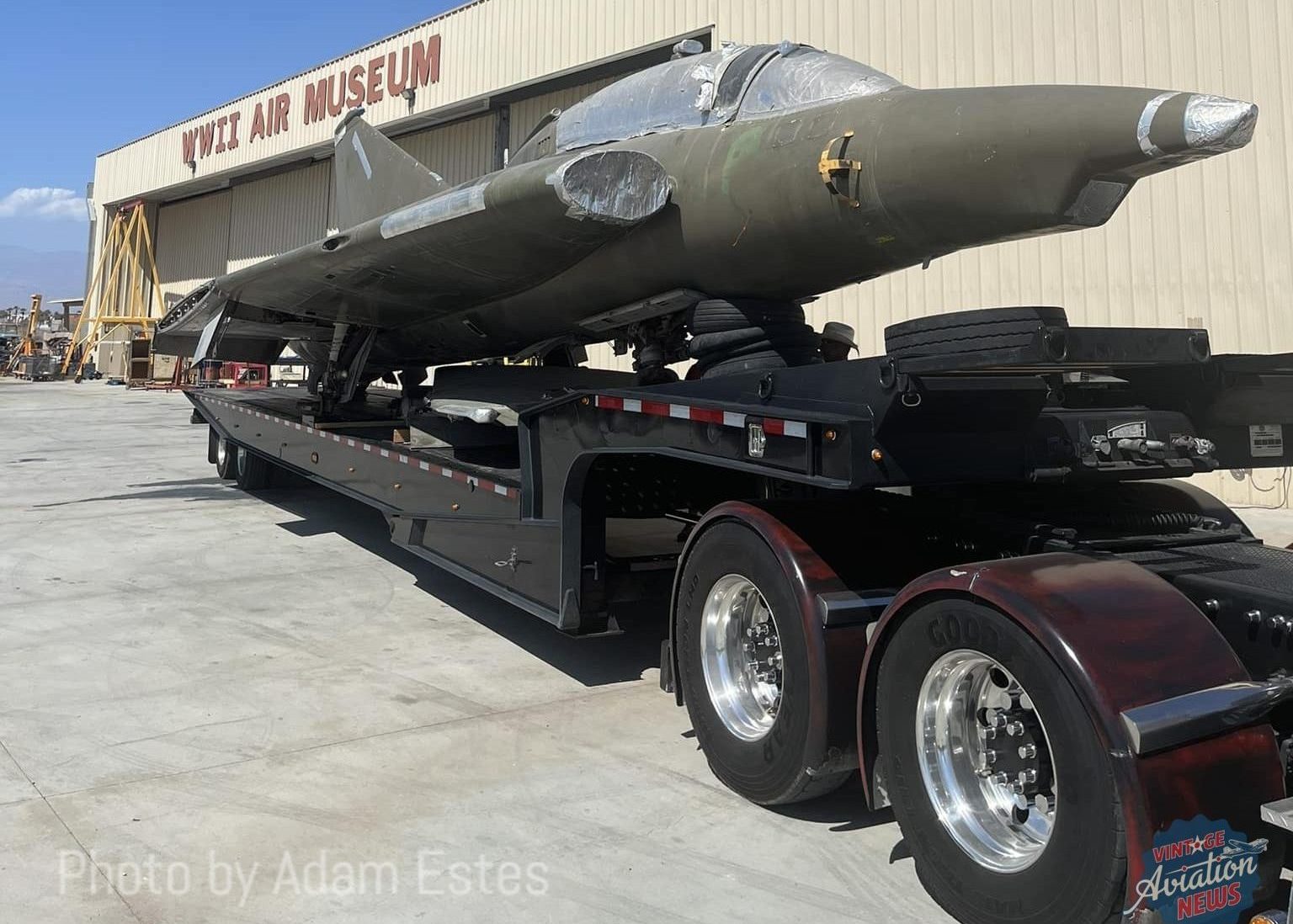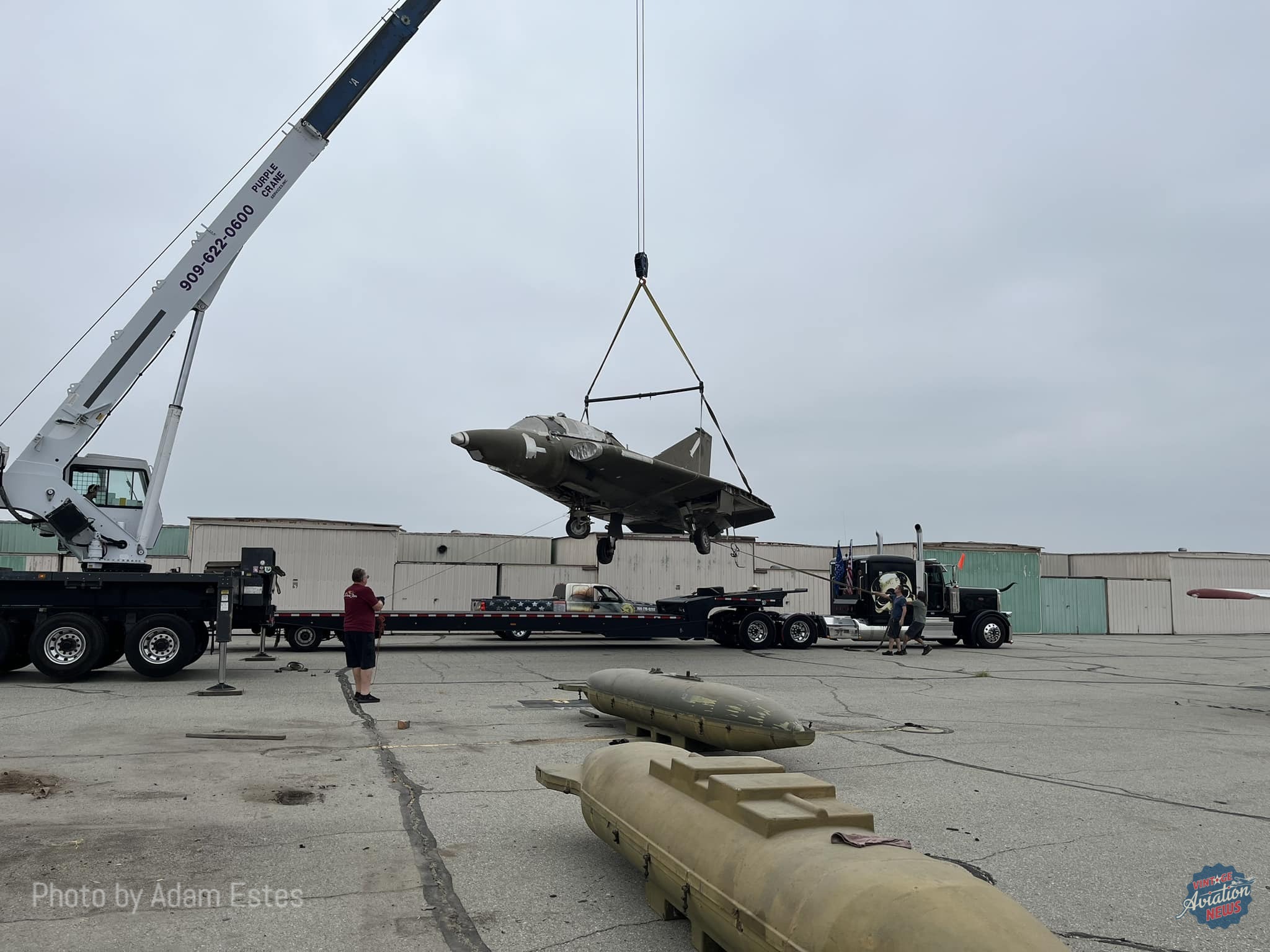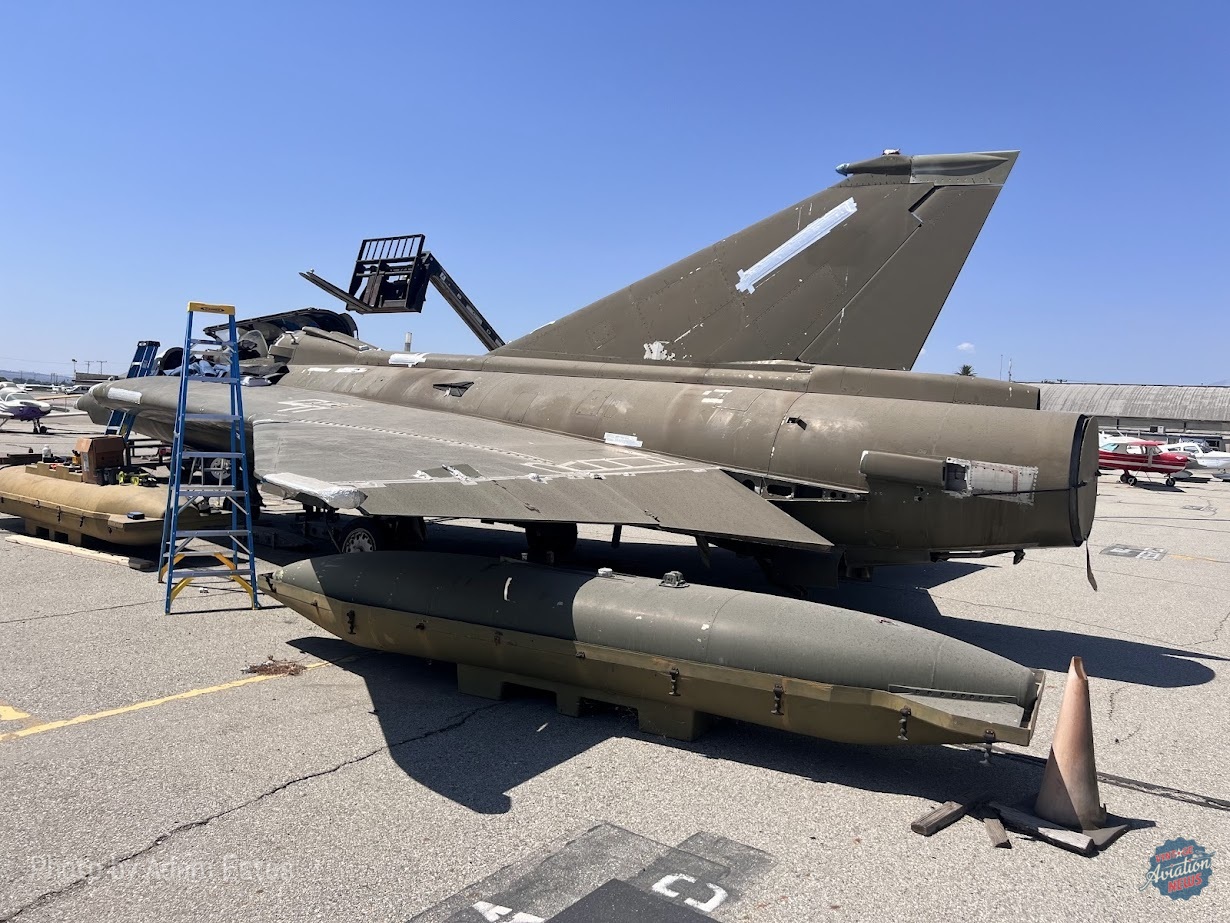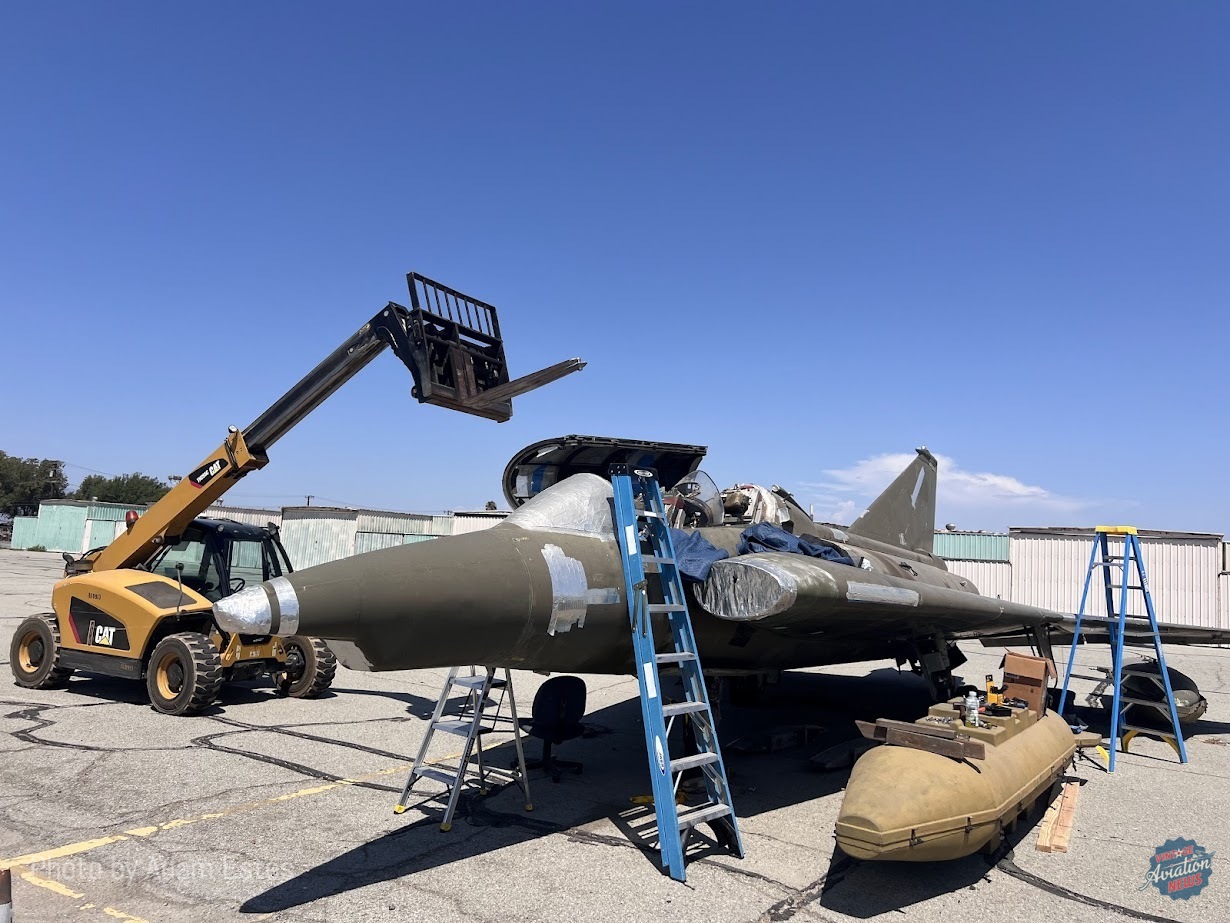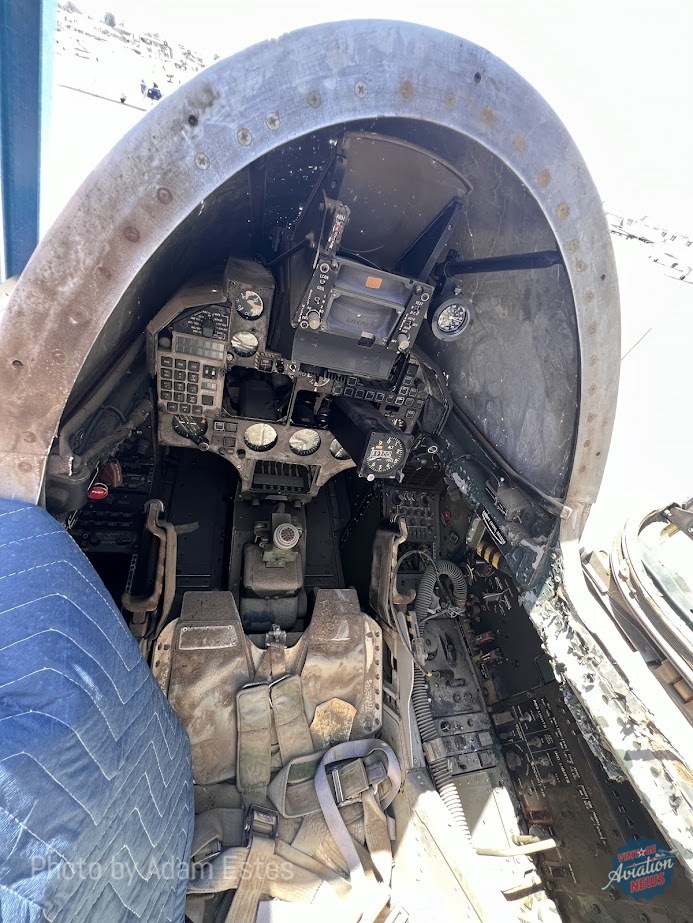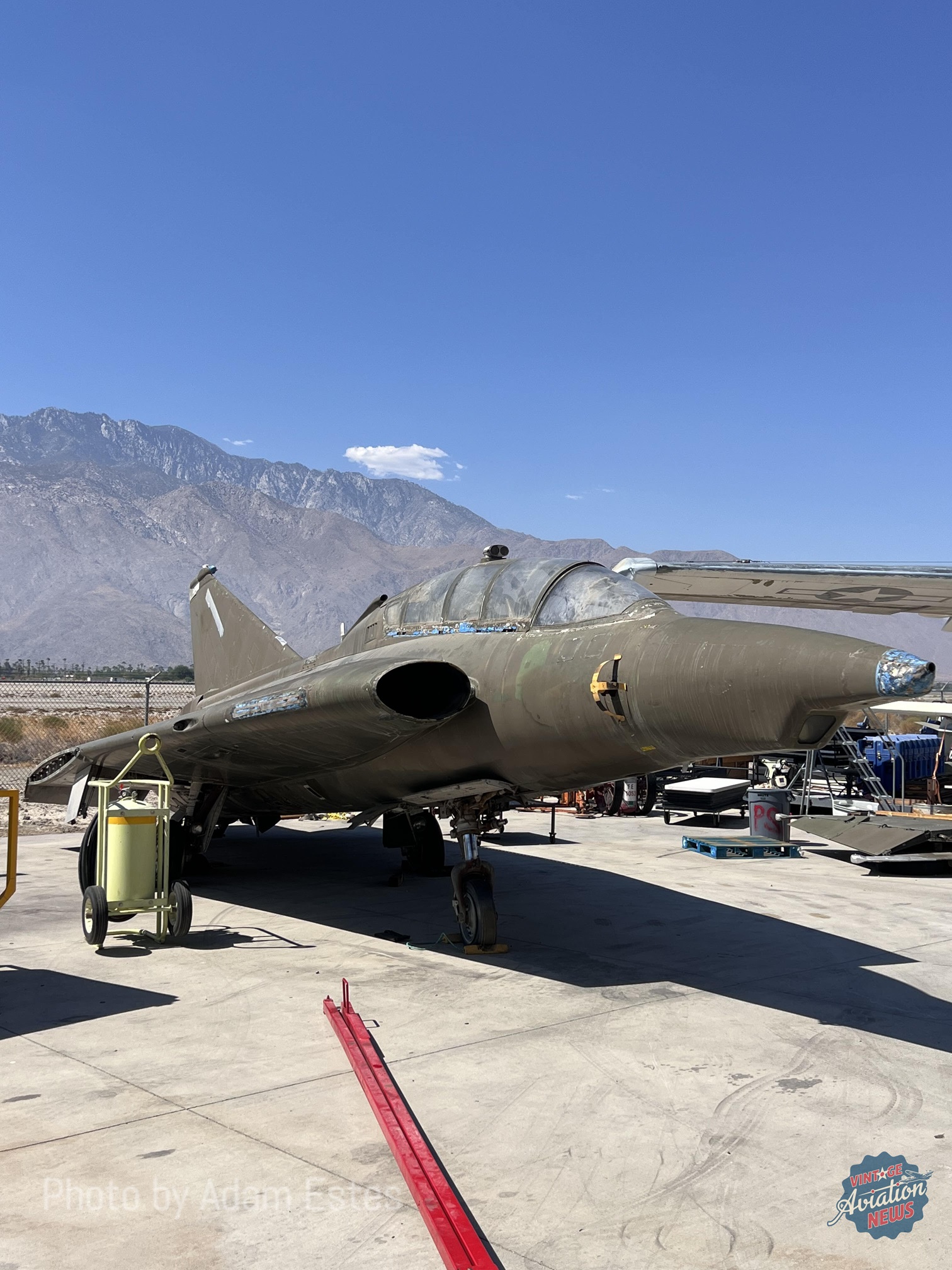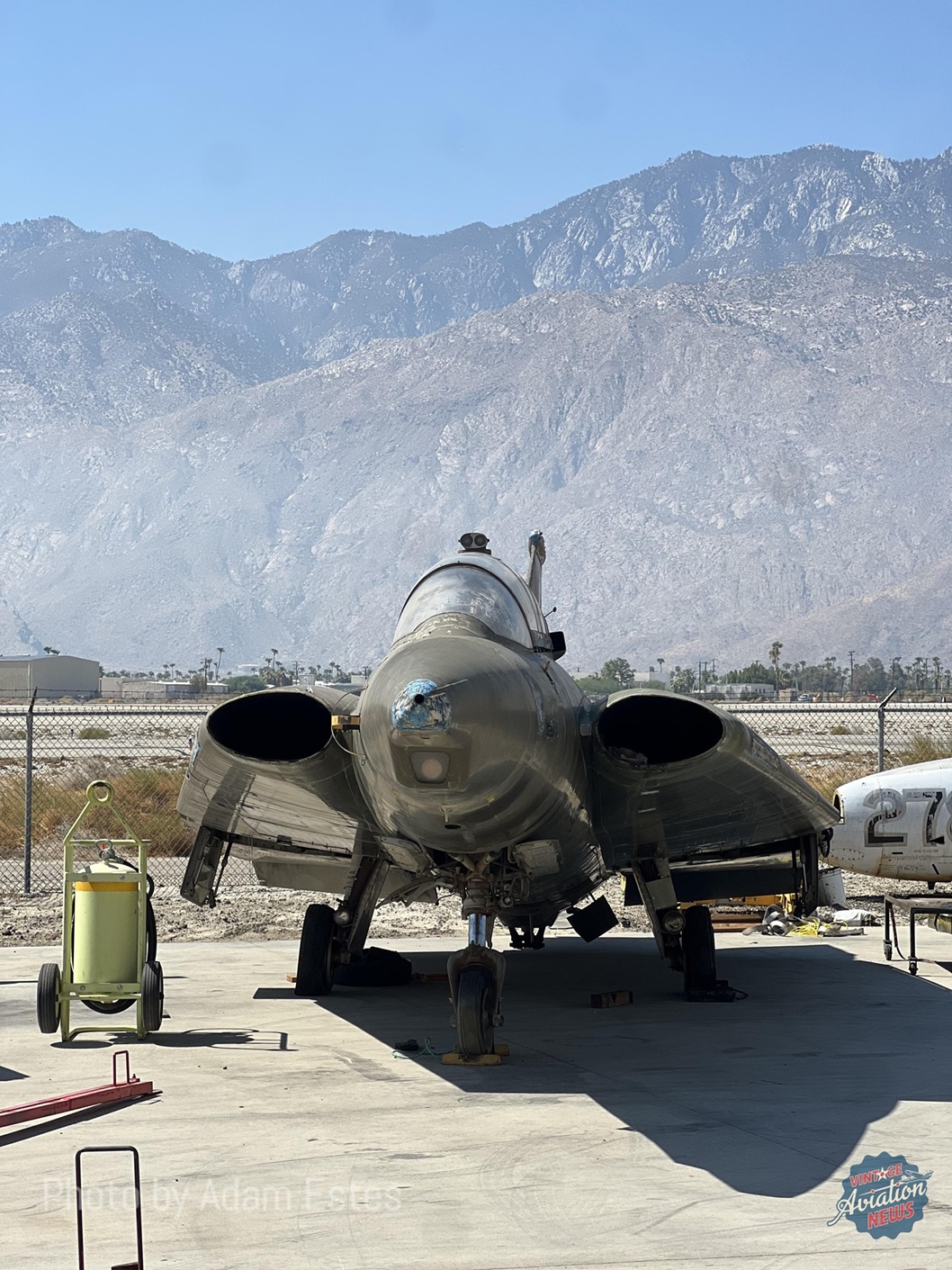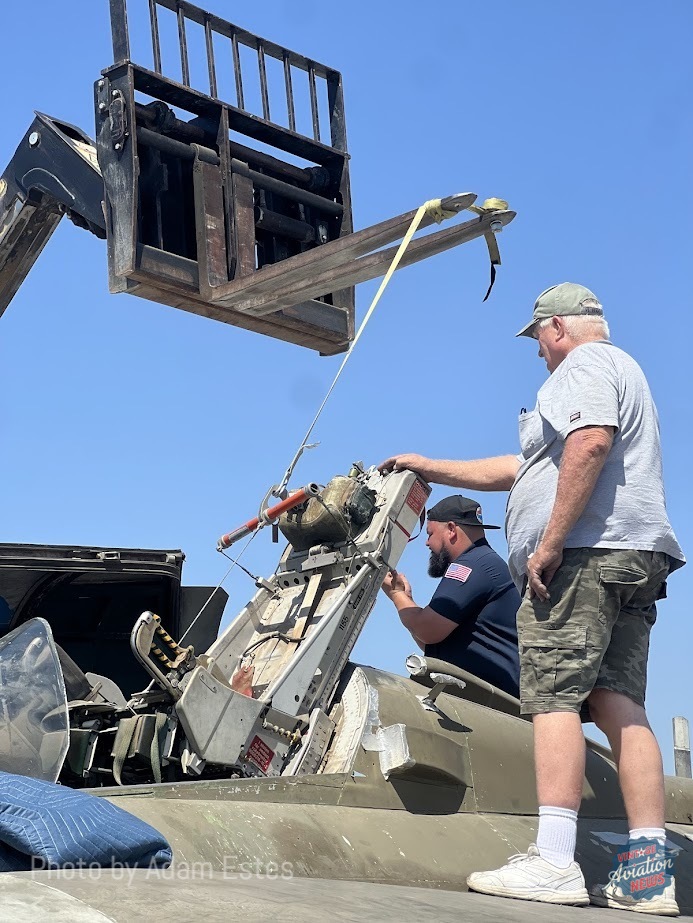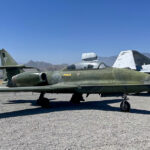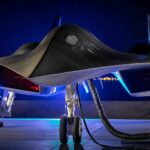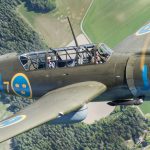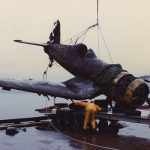If you were to have visited California’s Chino Airport over the last few years and walked across the flight apron, you would have seen up to six Saab 35 Draken interceptors parked wingtip to wingtip. Gradually, however, these aircraft have been slowly acquired individually for several museums, such as the Estrella Warbirds Museum in Paso Robles, CA, and the Pima Air and Space Museum in Tucson, AZ. Now, the latest of the Drakens to leave Chino has made its way to the Palm Springs Air Museum, where it will be restored for static display. But how the aircraft came to be in California is a story worth telling.
The Palm Springs’ new Draken was originally manufactured by Svenska Aeroplan AB (SAAB) as part of an export order placed by the Royal Danish Air Force (RDAF) for what SAAB designated the Saab 35XD (Xerxes David, Danish export). The Danes ordered three variants of the Draken in the form of a single-seat fighter (the F-35), a single-seat reconnaissance aircraft (the RF-35) and a trainer (the TF-35). This particular aircraft, construction number 35-1155, became one of 11 TF-35s in the RDAF and carried the Danish serial number AT-155. Upon its delivery to the RDAF in January 1972, AT-155 was flown and maintained by two squadrons at Flyvestation Karup (Karup Air Base), Eskadrille 725 and Eskadrille 729, with AT-155 being used to qualify Danish pilots in flying the Drakens. On July 6, 1992, AT-155 made its final operational flight with the RDAF, accumulating 3,252 flight hours over its 20-year career. For the time being, though, it became one of many Drakens held in storage.
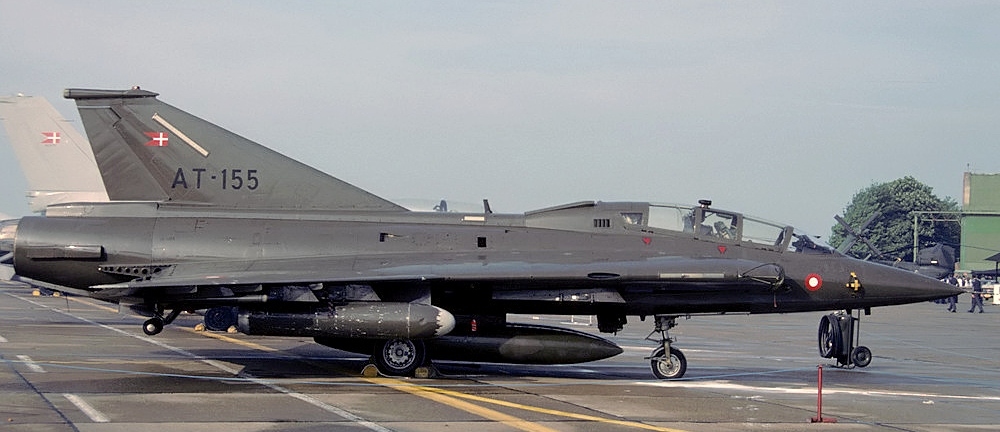
As the Swedes and Danes began retiring their Draken fleets, American contractors were interested in purchasing the jets for their handling characteristics and the fact that they were on the market. While six Drakens were purchased for the National Test Pilots School at Mojave Air and Spaceport, AT-155 was among seven Drakens purchased by James “Jim” Merizan of Flight Test Dynamics in Inyokern, California. A former naval aviator who flew A-4 Skyhawks during the Vietnam War, Merizan likened Flight Test Dynamics to “a civilian Top Gun,” and intended to use the Drakens as advanced trainers to simulate adversarial aircraft in training exercises with the US Navy. He was also the owner of the remains of a De Havilland Mosquito, specifically PZ474, which has since been restored to airworthiness by Avspecs Ltd of Ardmore, New Zealand and is now one of the few airworthy examples of its type.
Focusing back on the Drakens, the Danish examples purchased by Merizan were shipped by road from Karup Air Base to the port of Fredericia in July 1995, where they were loaded aboard the Swedish transport ship Madame Butterfly. One month later, the Madame Butterfly arrived at Port Hueneme, California, and its cargo of Drakens were then brought to Inyokern Airport for reassembly and certification. This is where AT-155 was registered with the FAA as N155XD.
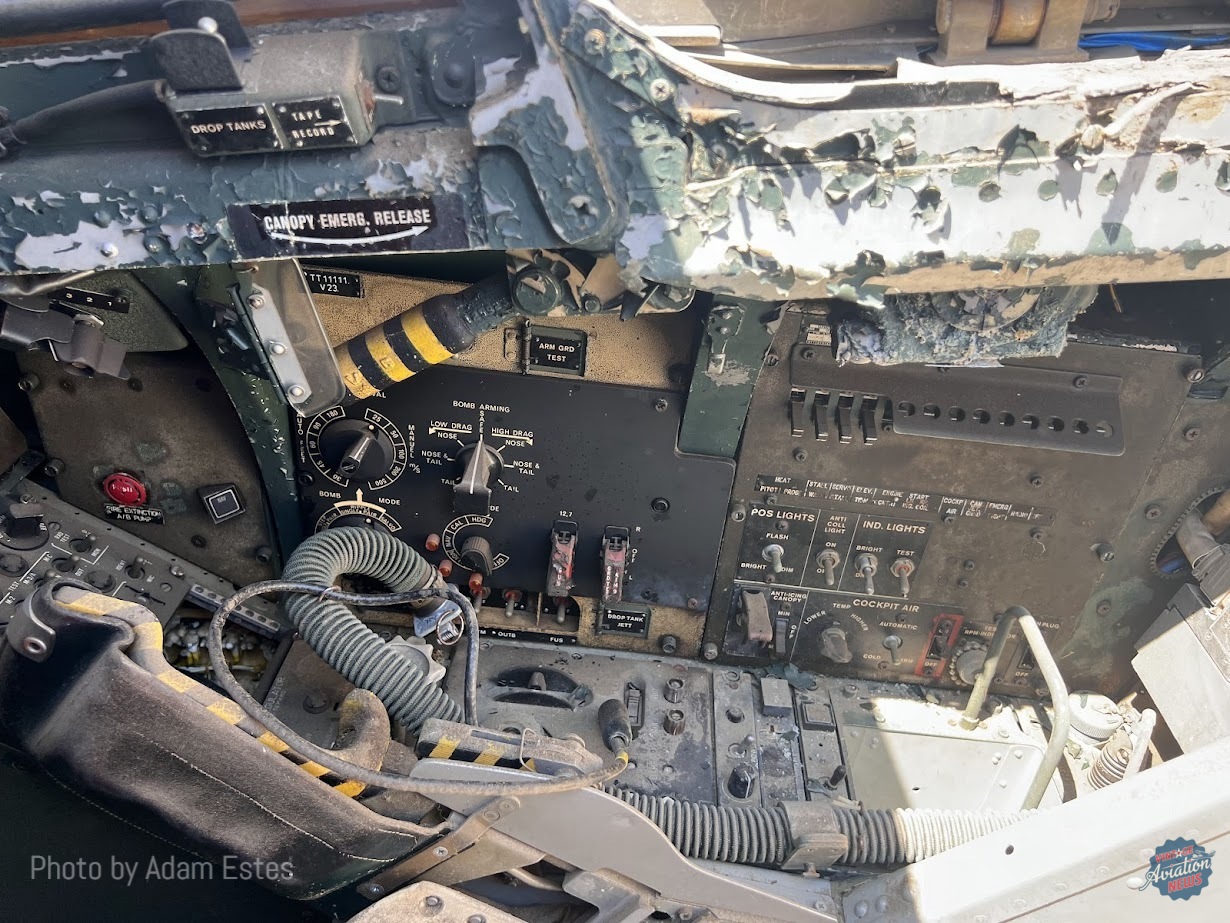
However, on June 26, 1998, one of AT-155/N155XD’s sister ships, AT-156/N156XD was badly damaged during an exercise at NAS Oceana, VA, in which the pilot noted after completing three passes by a US Navy ship, his fuel was rapidly running out. After declaring an emergency, the pilot climbed to 35,000 feet, where its engine flamed out. Upon entering a 300-knot glide, the pilot of N156XD was cleared to land at NAS Oceana but realized during the last phase of his approach that he would not make the runway. At an altitude of around 50 feet off the ground, the pilot ejected from the aircraft, which plowed into a field and came to a stop. A subsequent investigation by the NTSB completed in 2000 determined the cause to be pilot error, citing “inadequate fuel management which led to fuel exhaustion and subsequent loss of engine power. A related factor was the pilot’s unfamiliarity with the fuel system.” Though the pilot in command of N156XD had 2,700 hours, he had only logged 43 in the Draken prior to the incident, and thus federal aviation authorities deemed him to have been unqualified. Soon afterwards, Flight Test Dynamics closed flight operations, and its Drakens were brought to Chino Airport for storage, first in a hangar, then on the flight line, stripped of their engines and left outside from 2011 onwards, becoming a point of interest in the aviation community as they sat in Chino.
Now, Dean Soest, a former crew chief for Merizan and pilot Steve Alex were hired by the Palm Springs Air Museum to supervise the disassembly of the Draken. At one point, Soest and Alex got Casey Wright of the Yanks Air Museum to bring out a forklift to pull the ejection seats out of N155XD’s cockpit. But now the Draken has made it to the Palm Springs Air Museum, where Director Fred Bell is gathering information on the aircraft to facilitate a static restoration where the aircraft will be displayed in its original Danish colors. Now there is only one Draken left in Chino, but with interest in the Swedish-designed Mach 2 interceptor being ever-present, this one, Swedish Air Force serial number Fv35343/N543J may soon leave Chino at any time as well. For more information on the Palm Springs Air Museum, visit their website here.







